The “wedding boom” of 2021, predicted by publications ranging from Fortune to Brides, has arrived. Following a year and a half of pandemic-related closures, wedding photographers are finding their schedules fully booked. Shane McMurray, the founder of The Wedding Report, recently told The New York Times that he expects next year to see the highest level of weddings since the 1980s. Short-term spending on all things wedding-related, from cakes to dresses, has soared.
For photographers, the next year will redefine wedding culture, bringing in new trends and opportunities. Plus, with 66% of respondents to a recent survey by The Knot saying that they look forward to increasing their budgets for things that make their day “more special,” perhaps there’s never been a better time to be a wedding photographer — whether you’re just getting started or growing your business. Here are our top ten tips for making the most of it.
Tailor your shot list to the client
Every wedding photographer has a go-to shot list they memorize and use throughout the day, with specific moments they can’t miss before, during, and after the ceremony, from milestones like the first kiss and cutting of the cake to details like the wedding car or reception centerpieces. These shot lists are highly detailed, and they provide an essential jumping-off point, but you can also tweak or add to them according to what your couple wants.
Meet with your client for brunch or coffee before the wedding, or schedule an engagement shoot, so you can discuss the shots they want for their album. You can ask them to bring wedding photos they love (from magazines, Pinterest, or even family photo albums) for inspiration and ideas, if they wish. Go through the guest list, and ask your couple which family members they’d like to see photographed together. The more you can learn about their story and what this day means to them, the better equipped you’ll be to capture the photos that matter most.
Every couple is unique and will have moments they want to remember; when photographing an Indian wedding, for example, it might be important to capture the henna painting that takes place before the ceremony. In Swedish weddings, you might find flower crowns that incorporate myrtle, while in Japan, you might document the tradition of sharing sake between the families.
Quick tip: Coordinate with your couple or the wedding planner so you understand the timeline of the wedding. That way, you can make sure you have enough time for all your shots.
Scope out the venue(s)
Depending on the location(s) of the wedding, you might run into low light conditions, color cast, or other issues with the space and lighting. For that reason, visit your spot before the day-of, and if possible, take some test shots. Familiarize yourself with your surroundings, and take notes on what you could do to get the most out of the space, whether it’s directing people toward a window, opening up your aperture, or bringing a diffused flash (where allowed).
Perhaps you’ll want to rent out a different lens based on the venue and its layout, or maybe you’ll want to bring a camera that enables you to shoot at higher ISOs without introducing noise. On the day of the wedding, there are so many factors that will remain out of your control, but mastering your location is one thing you can do to ensure everything runs smoothly. It can also help to ask your couple why they chose the spot so you can highlight those meaningful details.
Check your gear the night before
Weddings are fast-paced and intense, so the last thing you want to be worrying about is your gear. Test everything out before the wedding to make sure it’s in working order, and remember to pack backups and extras for the essentials (cameras, lenses, batteries, memory cards, etc.). You don’t necessarily need to bring a ton of lenses or lighting options, but everything you do bring has to work without a hitch. Weddings are not the time to experiment with new gear or test out a new system; stick with the gear you know best, and master new skills during test shoots.
Quick tip: Wedding pros often prefer shooting with two camera bodies, each with a different lens. That way, you won’t waste time changing lenses and finessing your settings.
Enlist some help
This tip is for those group formals after the ceremony: find someone who can help you wrangle the wedding party and get all the shots you need without too much fuss. This person should be a friend of the couple who knows everyone in the party and understands the most important combinations. With their help, you’ll be able to focus on getting the best photos possible—not tracking down a family member who’s wandered off.
Feel free to direct a bit
Documentary-style wedding photography is a major trend right now, but most clients want a mix of candid and posed shots. While the ceremony and reception can be great times to become a fly on the wall, there are some moments—like the after-the-ceremony family/group portraits—where it’s necessary to take charge and provide guidance.
Your couple and their wedding party aren’t professional models, so you can feel free to give them tips or suggestions on gestures or poses you think will work during the formal portraits. Guide them toward a pretty background or a patch of nice light (open shade works well). Come prepared with a few photo ideas that suit your couple and their loved ones, based on their stories and personalities. For genuine expressions, keep the atmosphere on set casual and relaxed, and keep an eye out for those spontaneous, unscripted interactions that make weddings special.
Blend into the background
Speaking of becoming a fly on the wall, some situations call for a more photojournalistic approach. There are a few things you can do to blend in at a wedding; first, dress as though you’re another guest. Follow the dress code of the event, and show up looking professional. Keep your gear as simple as possible, and enable silent shutter mode. During more relaxed moments, you can mingle and observe interactions as they unfold. Introduce yourself, and then let everyone forget you’re there. This is when you’ll get the priceless shots that never made it onto your shot list because no one ever expected them in the first place.
Keep your head on a swivel
What separates an amateur wedding photographer from a pro often boils down to perspective. Instead of shooting from one level for the entire day, find ways to mix up your angles. Maybe you bring a ladder or stool to capture group portraits from a bird’s eye view, or perhaps you bend down to capture details on the dance floor. You don’t have to stand where all the guests are standing; look for interesting backgrounds and light. For the big moments, grab your must-have shots of the couple, and then look around to see if you can catch the reactions from loved ones.
Find a mentor
The wedding photography industry is competitive, but it’s also home to a community of artists who support and uplift one another. Start by following photographers you admire online, and see if they’re offering any workshops or tutorials, either in-person or online. Melli & Shayne, for instance, offer workshops for groups as well as one-on-one mentoring; as part of one package, you’ll get to photograph a couple together using the lessons you learned.
Even if you can’t find a workshop or mentoring opportunity in your area, you can always reach out over social media and start building those relationships with other photographers. Let them know you follow their work and would be interested in working with them someday, while always being respectful and polite. Offer to help them out during a big event. They might not be looking for a second-shooter or a mentee at the moment, but at least you’ve established that connection.
Know the trends
Keeping up with wedding photography trends serves a dual purpose. First, you know what your clients are seeing in the top magazines and expecting to see in their albums. Second, and most importantly, they can encourage you to experiment and expand your skill set. While you’ll likely settle into a specific niche or genre (e.g., documentary, editorial, traditional), new and emerging trends can add a fresh twist to your portfolio.
Recent trends like photographing the proposal or incorporating nostalgic film stocks can be tweaked and adapted to suit your aesthetic. Other trends, like backlighting or overhead perspectives, can motivate you to try new things. Of course, you’re free to choose the trends that speak to you and skip the ones that don’t. Your client chose you for your style, so trust your gut.
Take care of yourself
Weddings are demanding, so it’s important to get a good night’s sleep before the big day. You’ll be on your feet working a lot of the time, so pack snacks and water and remember to refuel. While much of your day will be active, you can strategically plan to take a few quick breaks based on the timeline of the event itself. You’ll do your best work when you’re well-rested and energized, and your positive state of mind will also rub off on the guests as you photograph the event.
Not on 500px yet? Sign up here to explore more impactful photography.

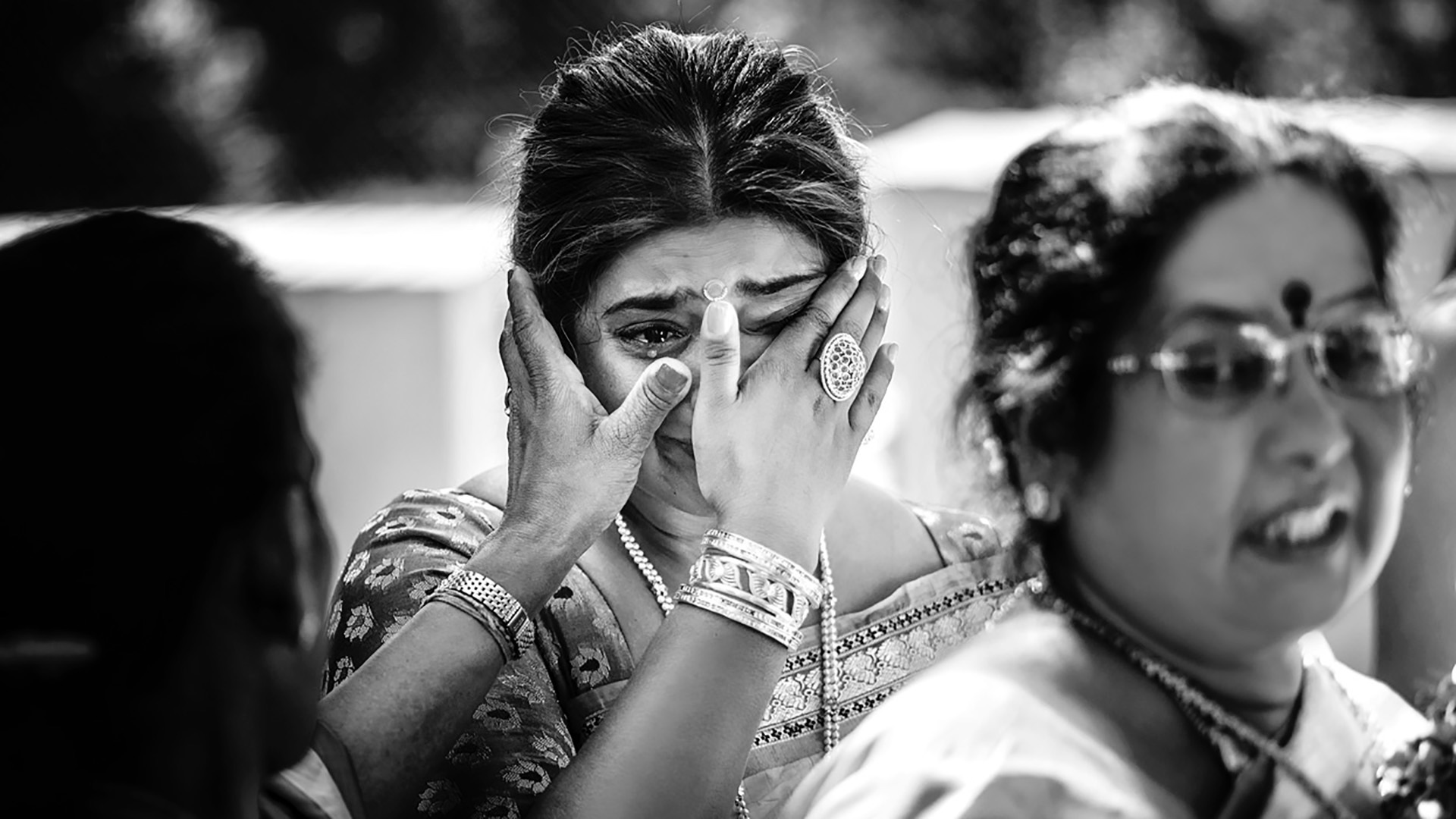


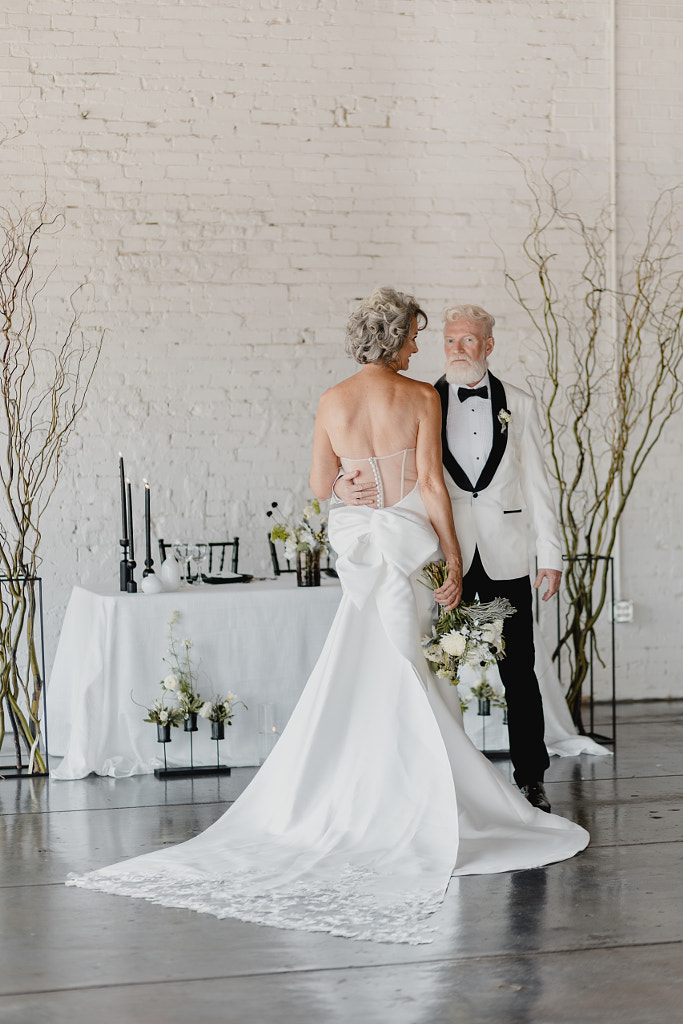
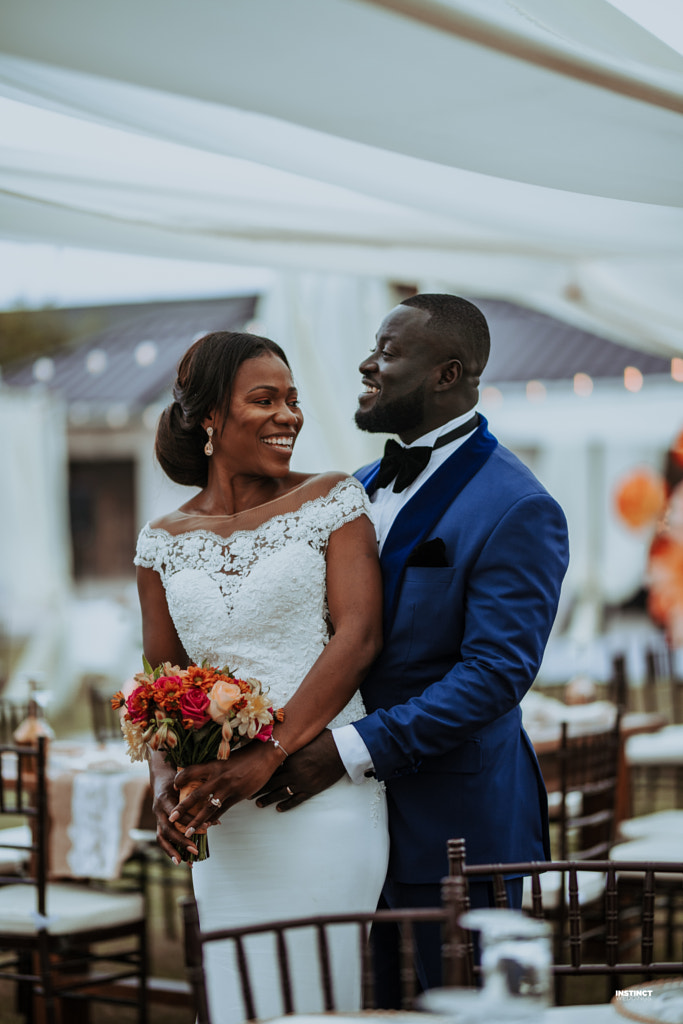

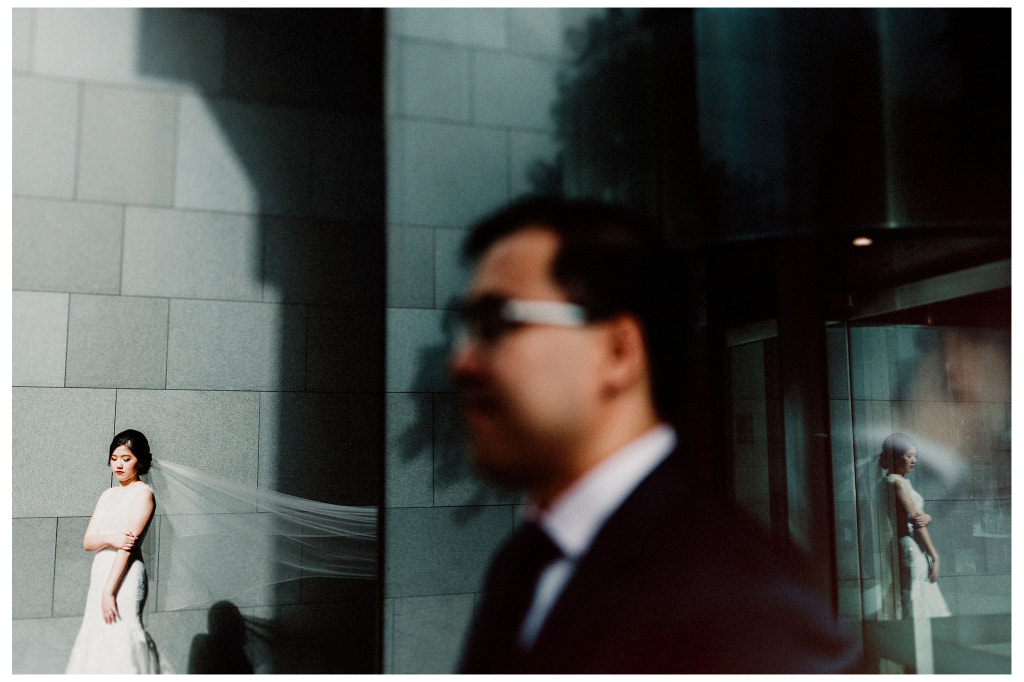
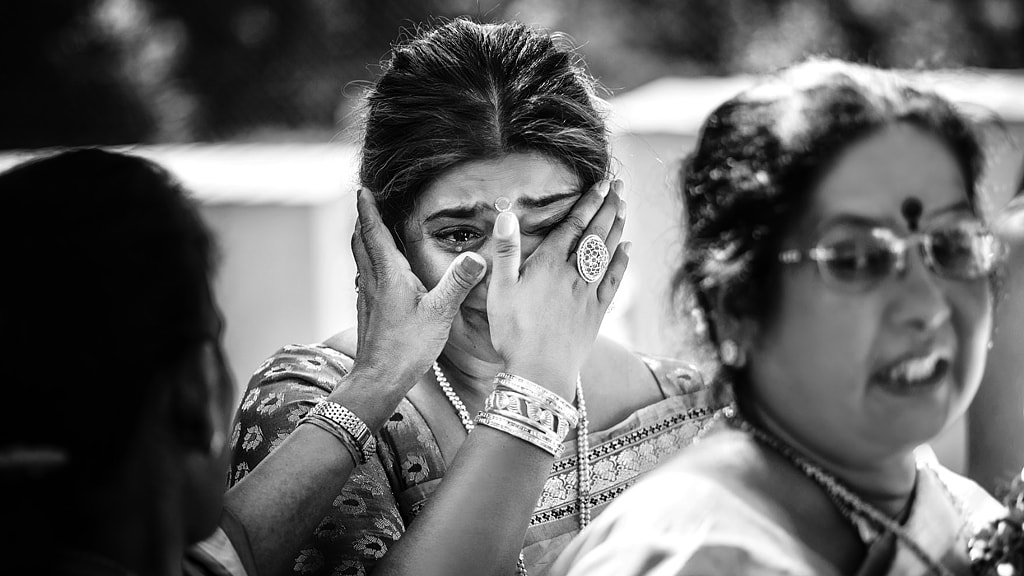
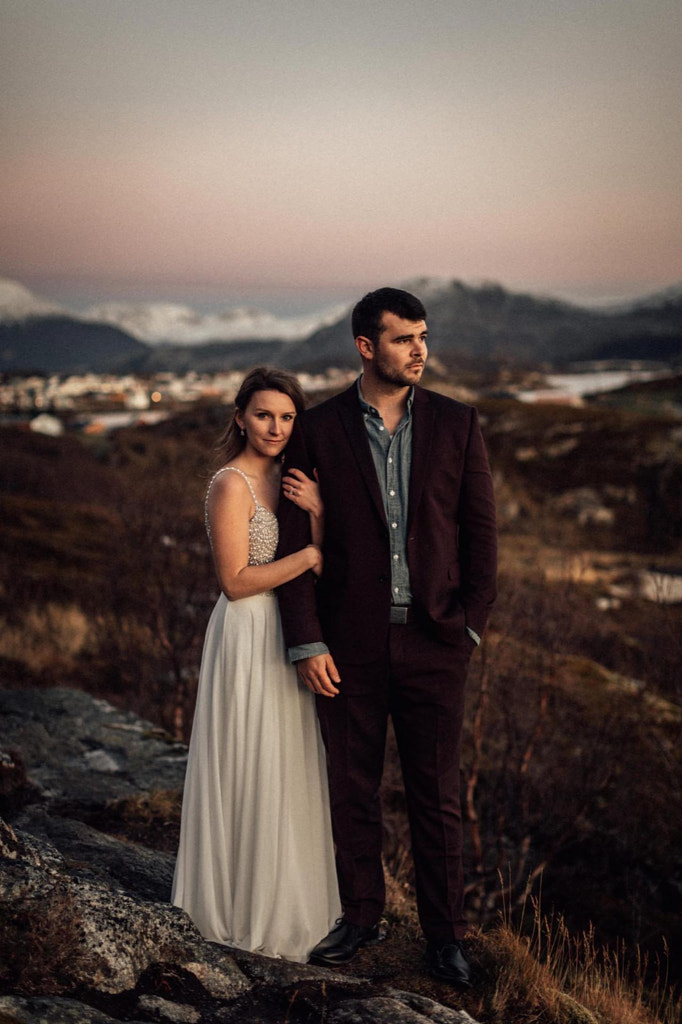

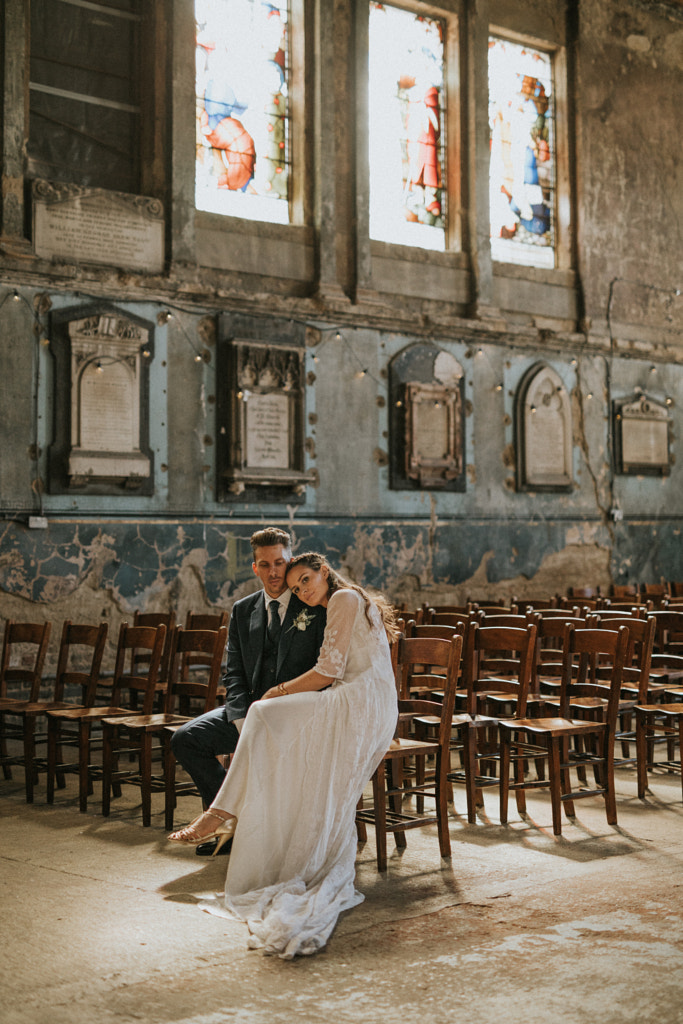
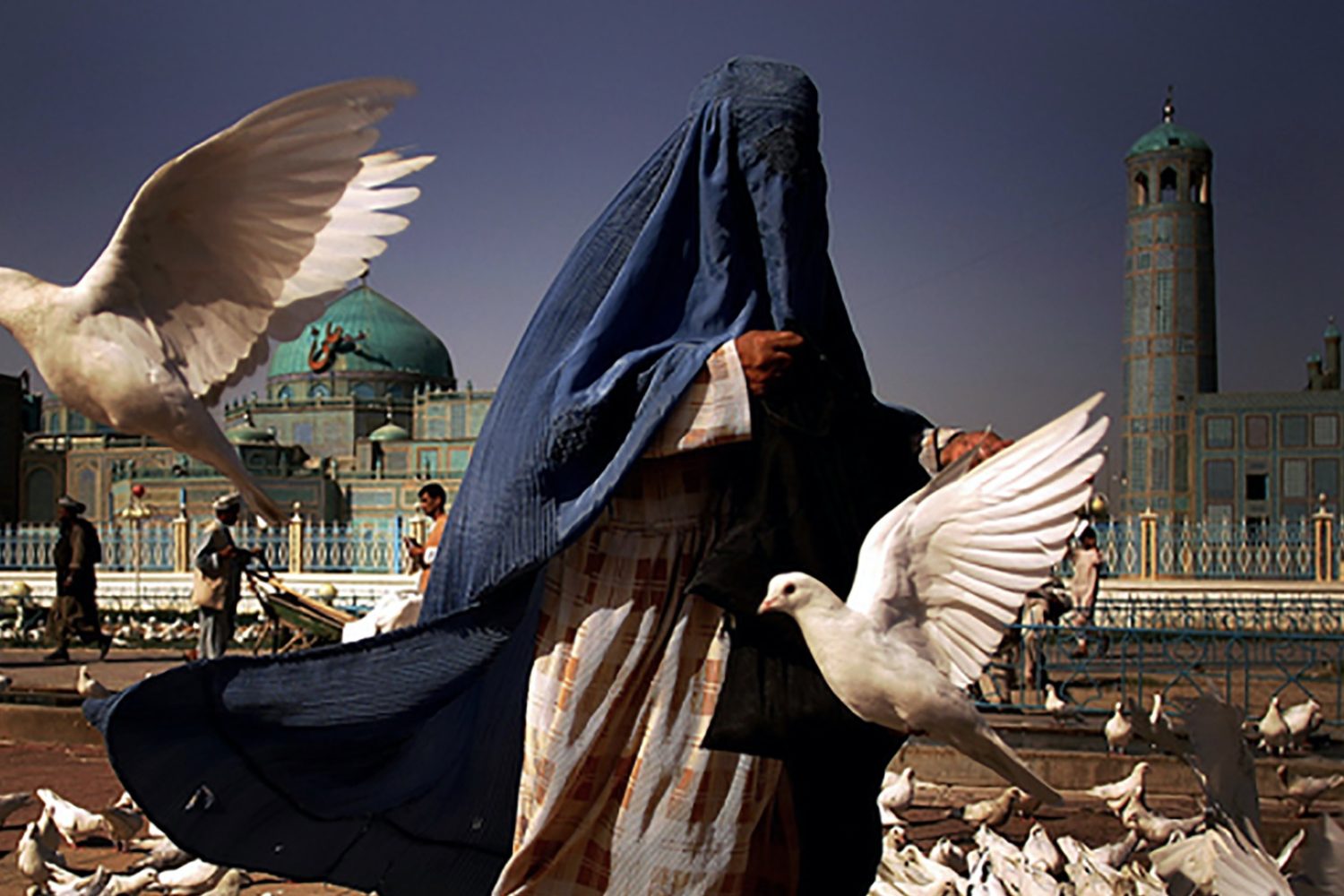


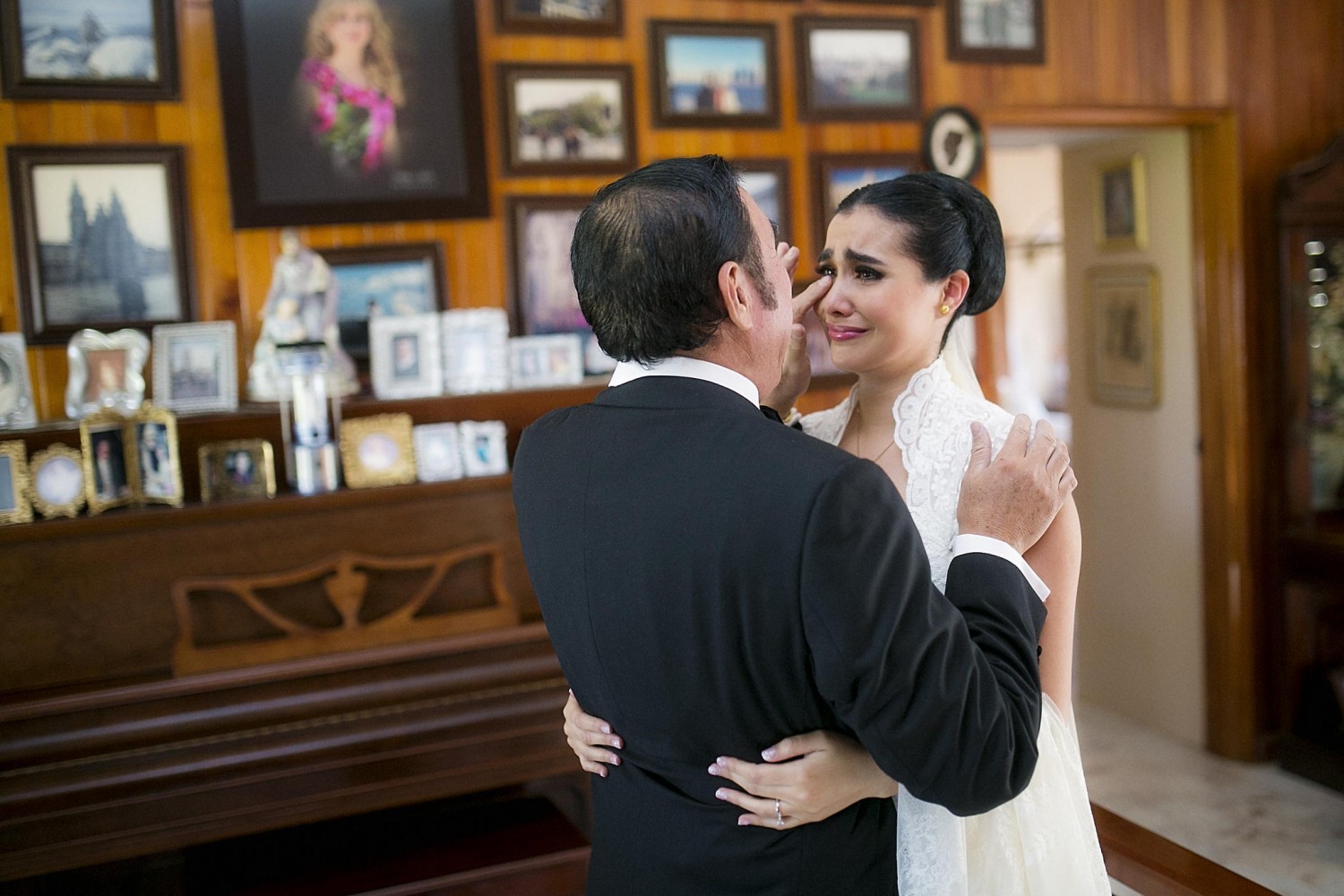

Leave a reply